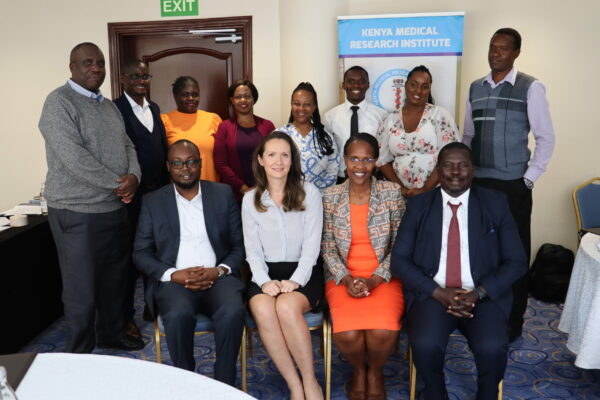June 20, 2016

Every year, we are encouraged to get a flu shot, not just to fend off a week of fever and chills, but because flu kills. What many people may not realize is that bacterial infections—acquired during or while recovering from the flu—can sometimes be the culprits of serious infection rather than the flu virus itself. Surprisingly little has been published about the rate of these secondary infections, even among hospitalized flu patients. This gap is what led CDDEP researchers and other collaborators to pull together the reliable evidence available in the published literature to estimate the rate of these “co-infections” and to identify the responsible pathogens.
The new CDDEP study, published in the journal Influenza and Other Respiratory Viruses, used the results from 27 different studies and found that the rate of bacterial co-infection in hospital inpatients was between 11 and 35 percent in most studies. The most common bacteria responsible for co-infection were Streptococcus pneumoniae (the main cause of community-acquired pneumonia) and Staphylococcus aureus, a major cause of respiratory diseases that may be better known for its antibiotic resistant form, methicillin-resistant S. aureus (MRSA).
The symptoms of bacterial co-infection are much the same as the flu itself (think fever, cough, lethargy and so on). This makes co-infection difficult for doctors to correctly diagnose without laboratory culture, so despite the fact that antibiotics are completely useless against the flu virus alone, many doctors prescribe antibiotics just in case. Most of these flu cases will never result in serious bacterial infections (particularly in non-hospitalized patients), and thus a lot of antibiotic use is unnecessary. However, unnecessary use of antibiotics which poses only a small (but non-negligible) risk to the patient (see here for more information on risks of antibiotics), are a significant driver of antibiotic resistance. The results from this study demonstrate that while patients hospitalized with the flu may indeed be co-infected with bacterial pathogens, many patients won’t be.
Thus, we may have to change the way we think about co-infection. Though it is important for doctors to diagnose and properly treat them, bacterial testing should be the norm, even if patients are started presumptively on antibiotics before lab test results are available. If there’s no infection, the antibiotics can be stopped or changed to a more appropriate one if a pathogen is identified. The findings of this CDDEP study could help future researchers and clinicians better understand the risk of bacterial co-infection in their patients hospitalized with the flu and help decrease the use of non-essential antibiotic use, protecting us all from the dangers of antibiotic resistance.
Wendi Jiang is a Research Analyst at CDDEP.











